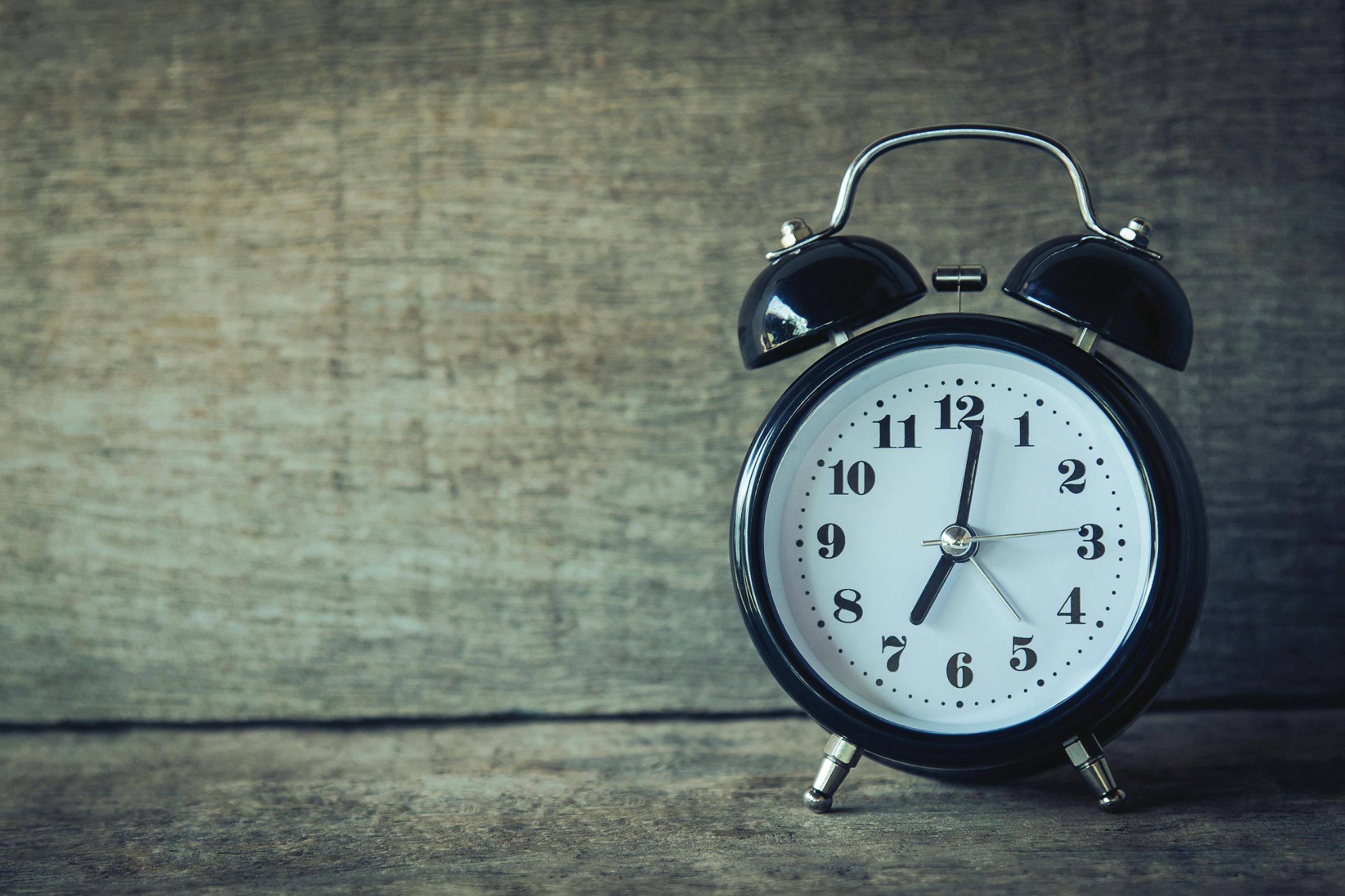As the residents of Bloomsburg, Pennsylvania, prepare for the annual ritual of adjusting their clocks, it’s essential to understand the specifics of Daylight Saving Time (DST) in 2025. This practice, designed to make better use of daylight during the longer days of summer, has both historical significance and practical implications for daily life.
When to Set Your Clocks Forward
In 2025, DST in Pennsylvania begins on Sunday, March 9, at 2:00 a.m. At this moment, clocks are set forward by one hour, transitioning from 2:00 a.m. to 3:00 a.m. This change results in extended evening daylight, with sunrise and sunset occurring approximately one hour later than before. The period of DST will conclude on Sunday, November 2, 2025, at 2:00 a.m., when clocks are set back by one hour to 1:00 a.m., reverting to standard time. This adjustment brings earlier sunrises and sunsets, marking the end of extended evening daylight.
The Purpose and History of Daylight Saving Time
The concept of DST was first implemented during World War I as a measure to conserve energy by making better use of daylight. The idea was to reduce the need for artificial lighting in the evening hours, thereby saving fuel. In the United States, DST was standardized with the Uniform Time Act of 1966, which established a uniform system of time observance across the country. Over the years, the schedule has been adjusted, with the most recent change in 2007 setting the current dates of observance from the second Sunday in March to the first Sunday in November.
Local Implications for Bloomsburg Residents
For the Bloomsburg community, the onset of DST means longer evenings, which can be advantageous for various activities. Local businesses, particularly those in the retail and service sectors, often experience increased patronage during extended daylight hours. Outdoor events and recreational activities also benefit from the additional evening light, providing more opportunities for residents to engage in community gatherings and physical activities after work hours.
Health and Safety Considerations
While the extension of daylight into the evening has its benefits, the transition into DST can have health and safety implications. The loss of an hour’s sleep in the spring has been associated with disruptions to circadian rhythms, leading to potential increases in sleep-related issues. Studies have indicated a rise in certain health risks, such as heart attacks and strokes, immediately following the transition. Additionally, there is evidence suggesting an uptick in traffic accidents during the adjustment period. Experts recommend gradual adjustments to sleep schedules in the days leading up to the time change to mitigate these effects.
Ongoing Debates and Legislative Efforts
The practice of DST has been a topic of debate for many years. Critics argue that the original energy-saving benefits are minimal in modern times and that the biannual clock changes cause unnecessary disruptions. In recent years, there have been legislative efforts at both state and federal levels to modify or eliminate DST. Notably, the Sunshine Protection Act, introduced in the U.S. Senate, aims to make DST permanent, thereby eliminating the need to change clocks twice a year. As of now, this legislation has not been enacted, and the traditional observance of DST continues.
Preparing for the Transition
To ensure a smooth transition into DST, Bloomsburg residents are encouraged to take proactive steps. Gradually adjusting sleep schedules by going to bed 15 to 20 minutes earlier in the days leading up to March 9 can help acclimate the body to the time change. Maintaining consistent sleep and wake times, even on weekends, can further support this adjustment. Exposure to natural light in the morning and limiting screen time before bed are additional strategies to ease the transition. By taking these measures, individuals can reduce the potential negative impacts associated with the time change.
Conclusion
As Bloomsburg prepares to “spring forward” on March 9, 2025, understanding the history, purpose, and implications of DST can help residents navigate the change effectively. While the practice continues to be a subject of debate, its observance remains a fixture in the annual calendar. By staying informed and making small adjustments, the community can make the most of the extended daylight hours in the months ahead.
(Source : timeanddate.com)


